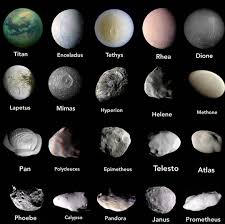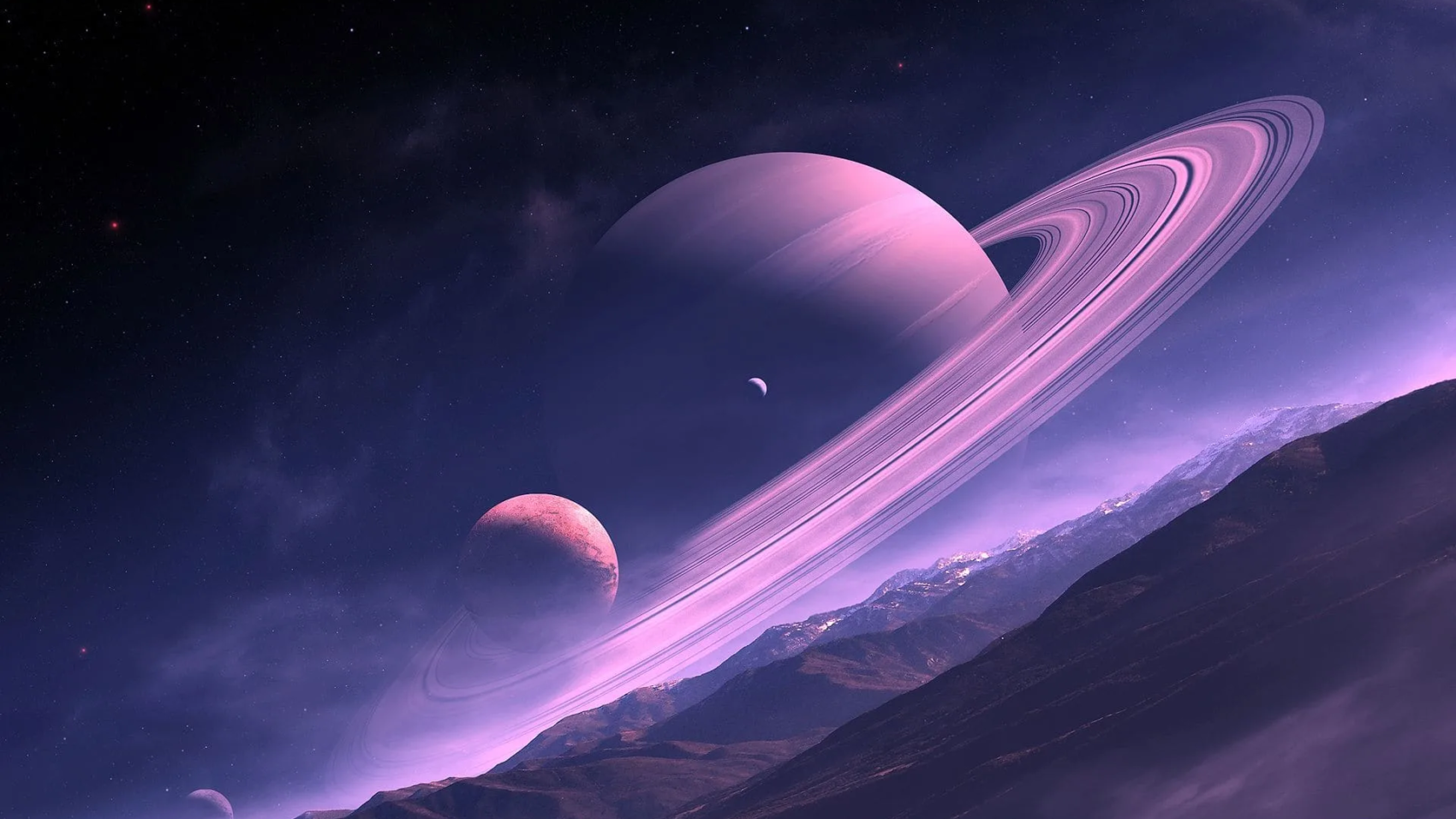When we gaze into the night sky, few planets capture our imagination quite like Saturn. With its breathtaking rings and awe-inspiring size, Saturn has fascinated astronomers, scientists, and space enthusiasts for centuries. As the sixth planet from the Sun, it stands out as one of the most visually stunning and mysterious members of our solar system. In this blog, we’ll dive into the captivating world of Saturn — its structure, rings, moons, and the many wonders that make it a true cosmic giant.
A Quick Overview of Saturn
Saturn is the second-largest planet in our solar system, only behind Jupiter. It’s classified as a gas giant, meaning it doesn’t have a solid surface like Earth or Mars. Instead, Saturn is primarily composed of hydrogen and helium, with a possible rocky core buried deep beneath its swirling clouds.
With a diameter of over 116,000 kilometers (72,000 miles), Saturn is about 9.5 times wider than Earth. Despite its massive size, it has a low density — so low, in fact, that if you could find a bathtub big enough, Saturn would float in it!
The Iconic Rings of Saturn
Saturn is perhaps best known for its iconic rings, which are the most extensive and complex ring system in the solar system. Though Galileo Galilei first observed them in 1610, he couldn’t clearly identify what he was seeing. It wasn’t until later that astronomers confirmed the rings were made of countless particles, ranging in size from tiny dust grains to objects as large as houses.
These rings are primarily composed of ice and rock, and they span up to 282,000 kilometers (175,000 miles) across — yet they’re astonishingly thin, only about 10 meters to 1 kilometer thick. Scientists believe the rings may be remnants of moons or comets that were torn apart by Saturn’s strong gravity.
Saturn’s Atmosphere and Climate
The atmosphere of Saturn is both beautiful and dangerous. It features bands of clouds in shades of yellow, gold, and beige, caused by strong winds and chemical reactions. The winds on Saturn are some of the fastest in the solar system, reaching speeds of up to 1,800 kilometers per hour (1,100 miles per hour).
One of Saturn’s most bizarre weather patterns is the hexagon-shaped storm at its north pole. Discovered by NASA’s Voyager spacecraft and studied further by the Cassini mission, this six-sided jet stream is unlike anything seen on other planets.
A Family of Moons
Saturn is not alone in its celestial journey. It has a spectacular family of over 150 moons and moonlets, with 83 officially named. These moons are incredibly diverse, ranging from tiny irregular shapes to massive, spherical bodies.

One of the most fascinating moons is Titan, Saturn’s largest moon. Titan is even bigger than the planet Mercury and is the only moon in the solar system with a thick atmosphere. It has rivers and lakes — not of water, but of liquid methane and ethane. Scientists believe Titan may even hold clues to the origins of life.
Another intriguing moon is Enceladus, known for its icy surface and geysers that shoot water vapor into space. These geysers suggest the presence of a subsurface ocean, making Enceladus a top candidate in the search for extraterrestrial life.
Saturn Exploration: What We’ve Learned
Our understanding of Saturn has dramatically improved thanks to spacecraft missions like Pioneer 11, Voyager 1 and 2, and especially Cassini, which orbited Saturn from 2004 to 2017. Cassini provided a wealth of data on the planet’s rings, atmosphere, and moons, revealing countless discoveries that continue to inspire scientists today.
Before ending its mission, Cassini performed a series of daring dives between Saturn and its rings — a feat never attempted before. It eventually plunged into Saturn’s atmosphere, sending back final data before it was lost forever.
Conclusion
Saturn is more than just a ringed planet — it’s a world of extremes, mysteries, and marvels. From its majestic rings to its dynamic moons, Saturn continues to inspire wonder and curiosity in everyone who studies it. As technology improves and space exploration advances, we can only imagine what future missions will uncover about this majestic giant.
So next time you look up at the night sky and spot a tiny, shimmering dot that might be Saturn, remember — you’re looking at one of the most incredible wonders of our solar system.

